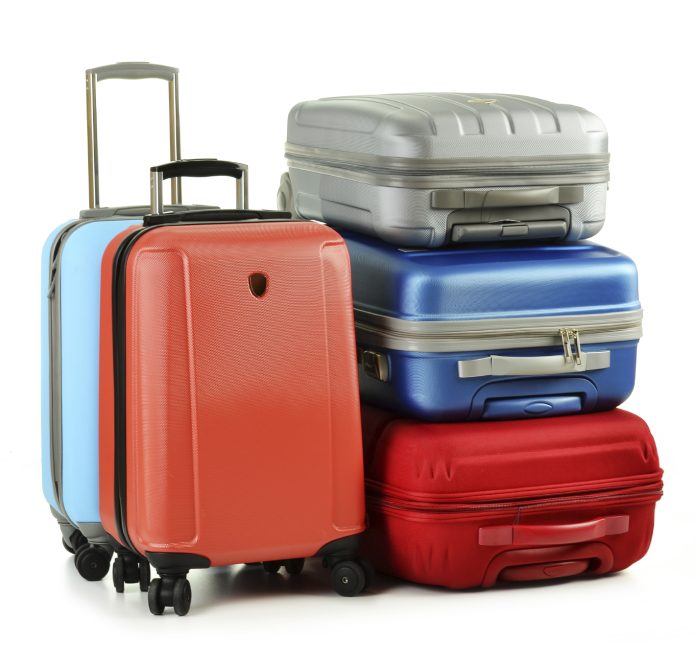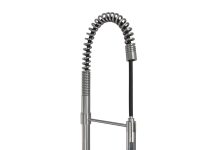Buying New Luggage Could Save You Money.

With frequently changing airline luggage rules and fees, you can actually save money in the long run if you buy and use new luggage instead of using older suitcases. Here’s why.
You can avoid checked-luggage fees
Get on board with the practice of carry-on-only travel if you want to save money and hassles. Almost all major airlines charge fees for the privilege of checking your luggage. So whenever possible, instead of packing your big suitcase and checking it at the airport, use luggage that you can use as a carry-on.
[one_fourth]
[/one_fourth][three_fourth_last]You can meet the stricter carry-on rules
If you are planning on going carry-on-only, your existing bag—even if it’s just a few years old—might not meet the latest size and weight restrictions. And that means your carry-on would be relegated to the check-in pile. With a fee tacked on. If you want to save money in the long run, you have to make sure your bags meet airlines’ carry-on rules. That may mean buying new bags. Use these luggage tips that will make you a happier flier.
It will be easier to comply with luggage weight restrictions
If your luggage is more than a few years old, it’s probably heavier than comparably sized newer bags. Traveling with luggage made of the newer, lightweight materials will come in handy when you’re booked on an airline that has carry-on weight limits. Some airlines have weight limits for check-in as well. If your current suitcase in its empty state hogs the majority of the weight allowance, you’re at risk of exceeding the weight limit once you pack it full. And that will cost you. Most of the weight you lug around should be the weight of the contents, not the bag. Luggage experts recommend that a non-wheeled bag weigh 2 to 4 pounds, and a wheeled bag weigh no more than 7.5 pounds. Newer, more lightweight materials, especially in the newer hard-sided luggage will help you meet this goal.
You can get get a more space-efficient ‘personal item’
Almost all airlines permit you to bring a “personal item” onto the plane in addition to your carry-on item. A personal item is not necessarily restricted to a handbag or tote bag, though it has to fit beneath the seat in front of yours. Still, some items designated as under-seat baggage can pack in a lot of stuff. Between your carry-on (stowed over head) and a capacious personal item under the seat, you can comply with airline rules and avoid baggage fees. Check online or in stores for under-seat luggage.
You can safely pack electronics in a new-style carry-on
Don’t let your everyday laptop bag count as your personal item carried on to the plane. Newer luggage contains padded compartments for laptops and other electronics. Buying one of these will free you up to use a new, roomy under-seat bag, and the extra packing space it affords could help you avoid checked-baggage fees.







